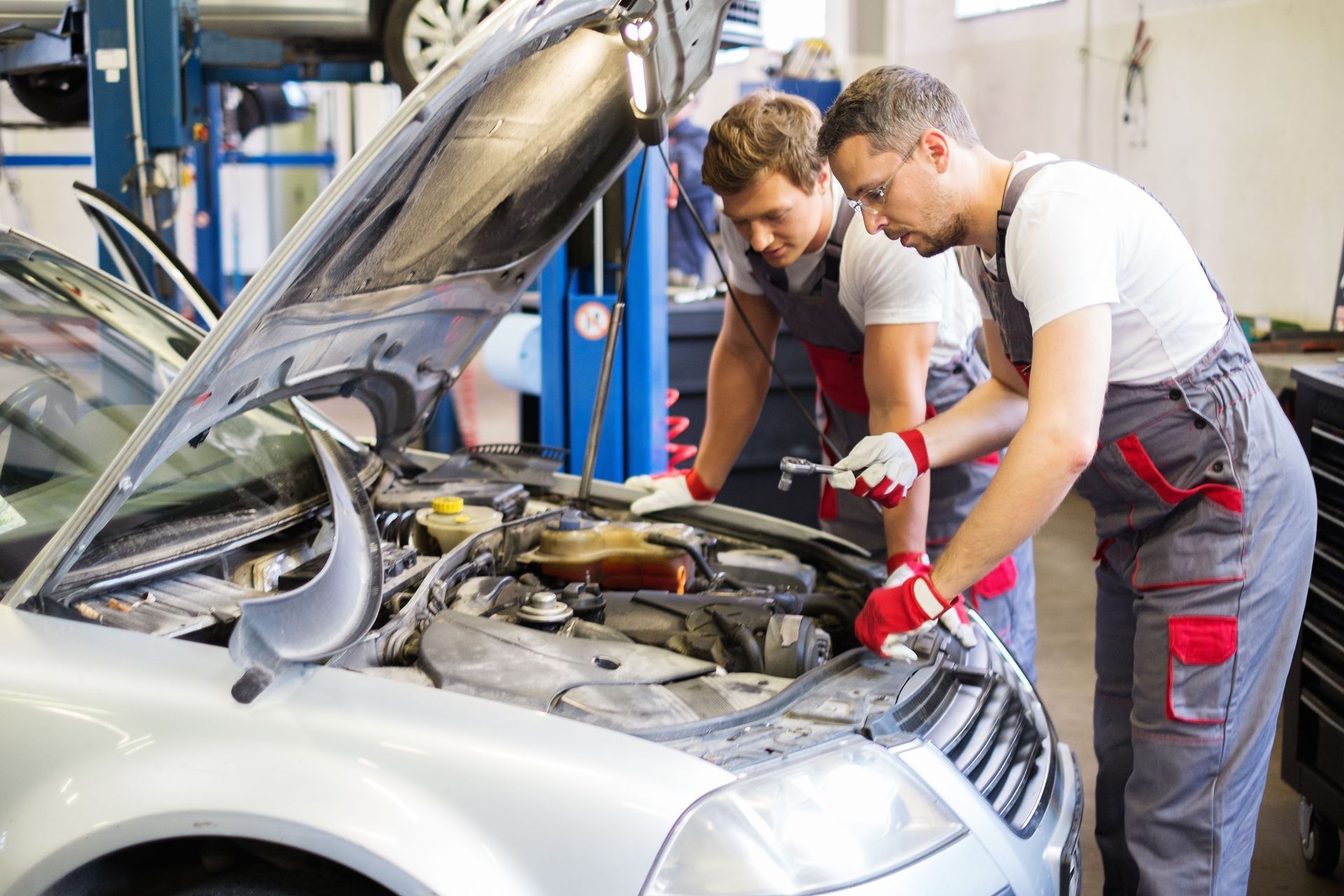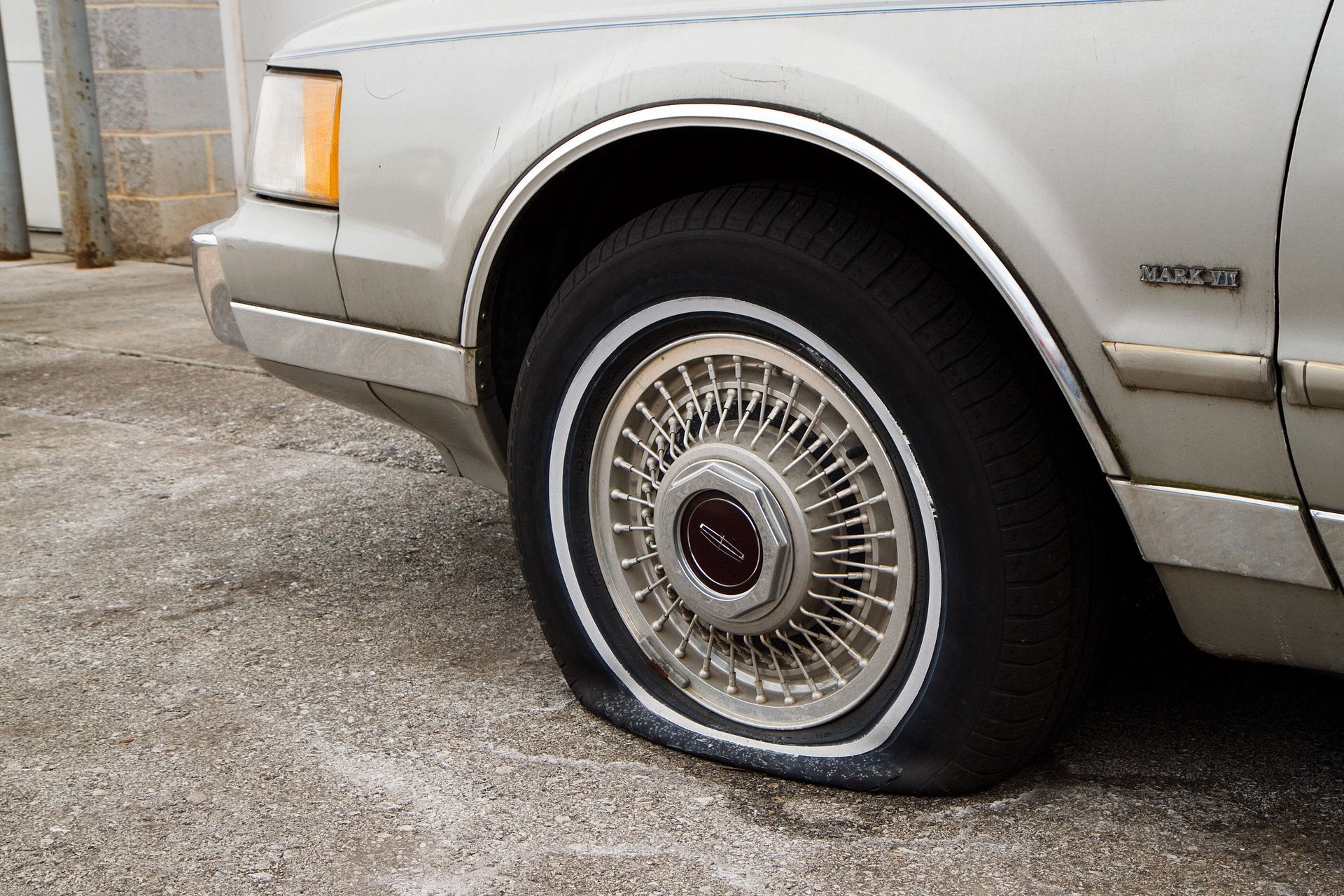The Importance of Proper Tire Maintenance for Safety and Longevity
Understanding the significance of tire maintenance is crucial for ensuring vehicle safety and prolonging the lifespan of your tires. Tire care entails more than just inflating to the recommended pressure; it integrates practices intended to maximize safety while minimizing wear and tear. This article explores the essential practices and benefits associated with tire care, offering comprehensive insights every driver should know.
Tires Are the Only Point of Contact
Tires serve as the crucial point of contact between a vehicle and the road, shaping how effectively it accelerates, brakes, and steers. The surface area known as the contact patch determines performance and risk levels, particularly during adverse weather. Every time brakes are applied, the effective connection between tires and pavement becomes paramount. Maintaining this integrity directly influences response to driver input.
Tread patterns manage water expulsion and traction, especially in sudden braking or evasive maneuvers. Even wear ensures each inch of the contact patch functions effectively. Neglect that causes irregular tread can compromise balance and traction, particularly on wet or icy surfaces. According to Bankrate, there are 220 million flat tires each year, underscoring how compromised tire condition contributes to accidents, longer stopping distances, and blowouts. This fact alone highlights why keeping tires in optimal shape is essential for safe driving.
Beyond immediate safety concerns, worn tread also affects fuel economy and ride comfort. Tires with uneven wear create additional rolling resistance, forcing the engine to work harder and consume more fuel. Drivers may also notice increased road noise or vibrations, which not only make rides less comfortable but can signal deeper alignment or suspension issues. By maintaining proper tread depth, vehicle owners not only ensure reliable performance but also optimize efficiency and comfort over time.
Another often-overlooked consequence of irregular tread is the reduced effectiveness of modern driver-assist technologies. Systems such as anti-lock braking and traction control rely on consistent tire grip to function properly. If tread is worn unevenly, these systems may miscalculate the amount of traction available, delaying response times in critical situations. Ensuring tread health supports the performance of these advanced safety systems, allowing them to do their job effectively when drivers need them most.
Traction and Handling Depend on Condition
Traction depends heavily on tread depth. Adequate tread offers better grip, improving braking distance and stability during cornering. As tread wears down, traction diminishes—especially in wet or icy conditions—making vehicles more prone to skidding. Regular inspections ensure handling characteristics remain reliable and predictable.
Handling also relies on tire balance. Balanced sets distribute weight evenly, preventing vibrations that cause uneven wear. When imbalance occurs, vibrations travel through the steering wheel or cabin, degrading grip and stability. Proper balancing and alignment preserve handling dynamics, ensuring smoother rides and extending tire life. In emergency maneuvers, well-maintained tires provide superior control compared to worn ones, giving drivers confidence in their vehicles.
Imbalanced tires don’t just affect comfort—they also strain other vehicle components. Persistent vibrations can put unnecessary stress on suspension parts, bearings, and steering systems, leading to premature wear and costly repairs. What begins as a minor balance issue can snowball into larger mechanical problems if left unaddressed. Regular balancing services prevent this chain reaction, protecting both tires and the overall vehicle structure.
Another critical aspect of balance and alignment is tire longevity. Tires that are not balanced wear unevenly, shortening their usable life and forcing earlier replacements. This not only adds financial burden but also increases the likelihood of safety issues on the road. By investing in professional balancing and alignment at recommended intervals, drivers preserve tire condition, extend mileage, and maintain consistent handling performance across all driving conditions.
Understand the Risks Associated With Tire Failure
Tire failure significantly elevates accident risks. A blowout or sudden decompression alters handling dynamics instantly, often with catastrophic consequences. Minor punctures left unchecked can worsen, leading to tread separation. Regular inspections prevent such failures, making proactive maintenance a critical safety measure.
Air pressure is central to this effort. Impaired tire pressure increases braking distances and undermines cornering stability. With numerous flat tires each year, vigilance is non-negotiable. By correcting pressure, repairing damage, and checking tread, drivers reduce the likelihood of failure and keep both themselves and others safer on the road.
Steering and Control Depend on Tire Health
Steering response is directly tied to tire condition. Proper inflation and tread depth provide accurate feedback, while neglect can dull steering and create dangerous mismatches between driver input and vehicle response. This risk intensifies during sudden lane changes or evasive maneuvers.
Good tire health also prevents oversteering or understeering, both of which can cause a vehicle to skid. Regular alignment ensures steering precision and reduces unintended departures from a lane or roadway. Vehicle stability systems like ABS and traction control also rely on traction, which deteriorates if tires are neglected. For drivers, keeping tires maintained is synonymous with maintaining consistent control and stability.
Safety Systems Rely on Tire Integrity
Modern vehicles incorporate advanced safety systems like ABS, stability control, and traction control. These systems are designed to function optimally only when tire condition is reliable. Underinflation, misalignment, or excessive wear interfere with calibration and effectiveness, diminishing safety.
Research indicates that uneven wear can cause false activations or delayed responses from ABS and related systems. Regular inspections and pressure checks ensure these systems operate as intended. Educating vehicle owners about the role tires play in supporting safety technologies reinforces the importance of consistent care. Simply put, safety systems cannot compensate for poorly maintained tires.
Implement Key Tire Maintenance Practices for Optimal Performance
Regular inflation checks are the foundation of tire longevity. Proper pressure maintains even contact patches, while underinflation generates excess heat and overinflation reduces traction. Temperature shifts also affect PSI. We recommend monthly checks with a gauge to help maintain manufacturer specifications.
Tire rotation extends life by addressing uneven wear, particularly in front-wheel-drive vehicles where front tires wear faster. We advise scheduling rotations every 5,000 to 8,000 miles to help balance tread use and provide opportunities to detect defects or misalignment early. Similarly, balancing and alignment prevent vibrations, reduce suspension strain, and improve handling. Inspections for tread wear, bulges, or cuts should be routine, since visible anomalies often signal deeper structural issues. Finally, cleaning tires not only improves appearance but also removes corrosive debris and provides opportunities to identify hidden hazards.
Consistent Maintenance Extends Tire Longevity and Value
Proper inflation extends tire life by ensuring even wear and reducing flexing that generates excess heat. Underinflated sets decrease fuel efficiency, while overinflation raises puncture risks. Alignments further extend longevity by preventing uneven tread, reducing noise, and enhancing stability. We've seen that drivers who schedule alignments every 12 months—or after impacts with potholes—minimize costly replacements.
Proactive inspections, rotations, and pressure checks delay the need for new purchases, saving money while improving safety. These practices also support environmental sustainability by reducing premature waste and improving fuel economy. In effect, every measure taken to maintain tire condition translates to longer-lasting performance, fewer breakdowns, and reduced costs over time.
Tires are more than just rubber on the road—they are the foundation of vehicle safety, stability, and longevity. From traction to steering response, every aspect of driving depends on their condition. With countless flat tires occurring annually, according to Bankrate, neglecting care places drivers at unnecessary risk. By staying proactive with inspections, rotations, alignments, and proper inflation, drivers safeguard not only their vehicles but also the lives of everyone on the road.
For expert tire care that ensures both safety and performance, trust Currie's Tires. Schedule your next service today and drive with confidence knowing your tires are in the best hands.




Share On: